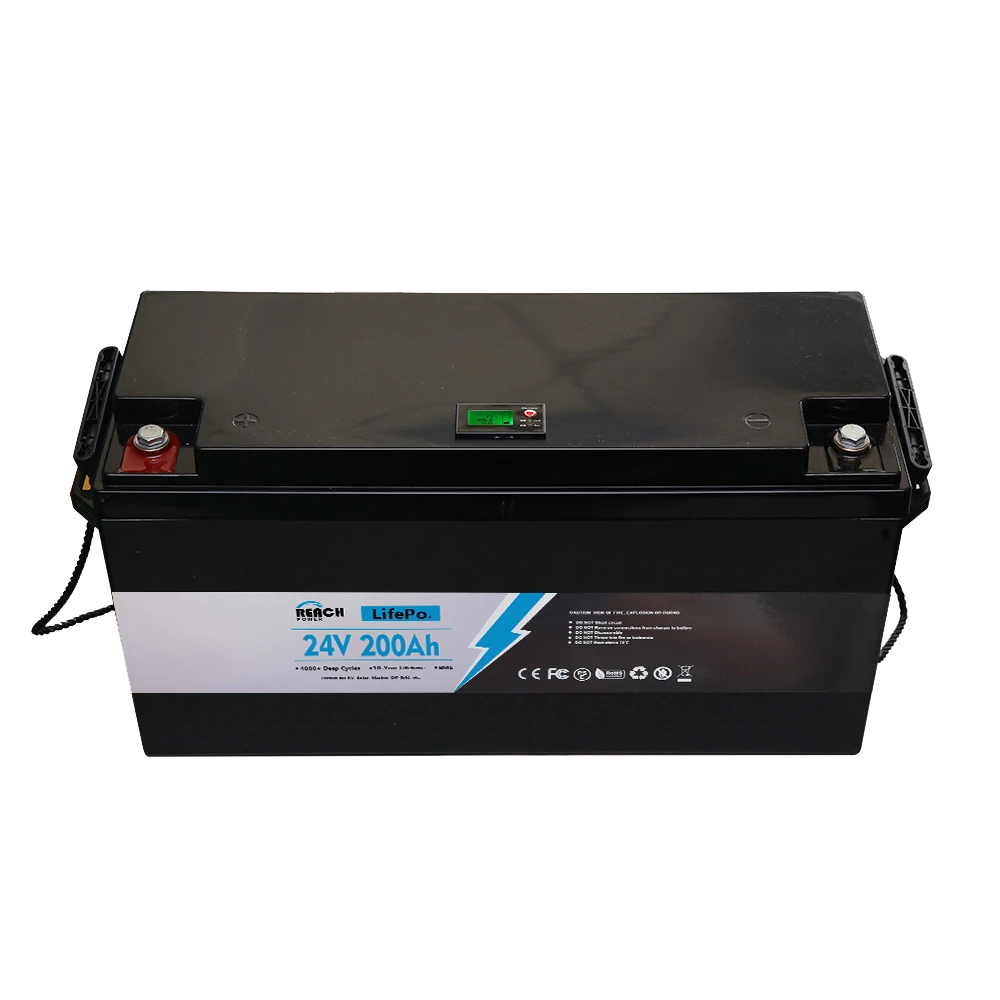Lithium Battery Industry Faces Looming Mineral Shortages, Says Benchmark Report
Despite current oversupply concerns, the lithium battery industry is headed for significant raw material shortages within the next decade, according to new analysis from Benchmark Mineral Intelligence.
Key Findings:
- By 2034, the market could face shortages of 572,000 tons of lithium and 839,000 tons of nickel—roughly 7x current surplus levels.
- Meeting 2030 lithium battery demand requires 514billionininvestments∗∗,with∗∗514billionininvestments∗∗,with∗∗220 billion needed for upstream mining projects.
- Lithium supply will be the biggest bottleneck for EV battery growth, with demand expected to surge from 1M tons (2024) to 2.7M tons by 2030.
Why This Matters for the Lithium Battery Industry:
- Western Supply Chain Risks – Efforts to reduce reliance on China may inflate costs due to stricter environmental regulations.
- Long Lead Times for Mines – While battery gigafactories can be built in under 5 years, mining projects take 5-25 years, creating a dangerous mismatch.
- Nickel & Lithium Investments Critical – 660Bfornickel∗∗and∗∗660Bfornickel∗∗and∗∗510B for lithium projects are needed to avoid shortages.
The Bottom Line:
Without urgent upstream investments, the lithium battery sector risks severe supply disruptions by 2030. Governments and manufacturers must act now to secure critical minerals for the EV revolution.







